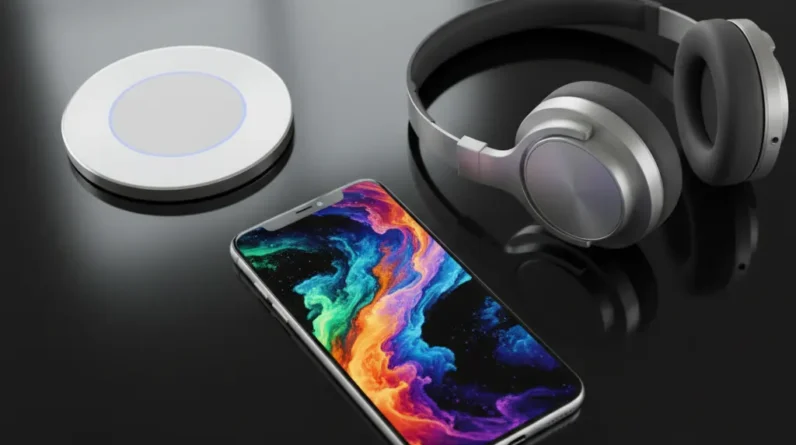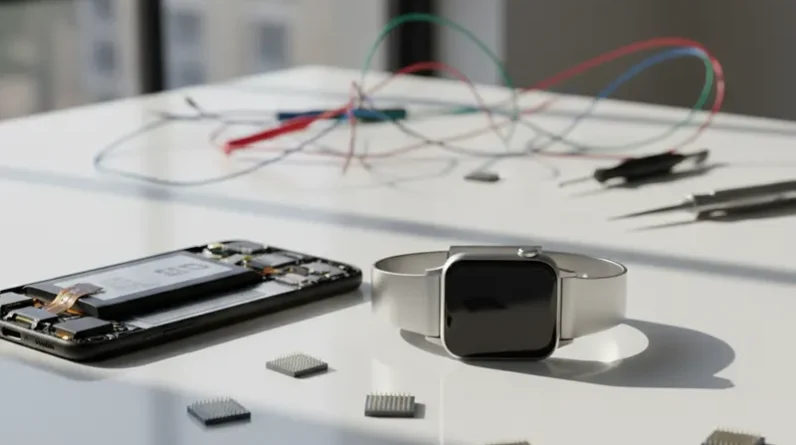
We’ve all encountered smart devices with buried features, and it’s easy to overlook them. Engineers often hide advanced settings, like multi-channel control and security configurations, in complex menus. We find it frustrating when we can’t find what we need, and it’s affecting our user experience. As we explore these devices, we’re discovering that there’s more to uncover, and understanding these hidden features can make all the difference.
Complexity and Hidden Settings in Smart Device Menus
As we explore the complexity and hidden settings in smart device menus, we find that installation and setup can be a significant hurdle for many users. We’ve found that smart speakers and displays are generally easy to install, but thermostats and security cameras pose greater challenges. Identifying device parts and cables is simple for about 69% of us. However, troubleshooting and syncing devices are the hardest tasks, with 22% and 15% finding them difficult. This complexity acts as a barrier to wider smart home adoption, despite growing interest in these technologies.
Privacy and Data Security Concerns in Hidden Menus
Privacy and data security concerns are a major issue we face when dealing with hidden menus in smart devices. We’re exposed to risks like unencrypted data transmission, default credentials, and weak authentication. Many devices ship with default usernames and passwords, making them vulnerable to unauthorized access. We also risk data theft and surveillance due to poor security configurations. To mitigate these risks, we must prioritize secure settings and practices, such as encryption, strong passwords, and regular updates. By doing so, we can protect our personal data and prevent unauthorized access to our smart devices. Strong security is vital.
Multi-Channel Control and Configuration Features Buried in Settings
We’re facing a new challenge with smart devices: traversing complex settings menus to access multi-channel control features. These features are often nested under generalized headings, making them hard to locate. Advanced toggles for multi-device coordination can be obscured by layers of menus. We must know specific technical terms or settings paths to reach complex configurations. AI integration and contextual adaptation can help, but lack of clear overviews forces switching between submenus. This can lead to underutilization or misconfiguration of vital features, impacting device performance. We need to navigate these menus effectively to master our smart devices’ capabilities.
Impact of Screen Time and Complexity on User Interaction
Because our screen time has increased substantially, it’s crucial that we recognize its impact on our interaction with smart devices. We’re spending more time traversing complex menus, which can exacerbate frustration and increase screen fatigue. This complexity may discourage intentional screen use, leading to more passive viewing associated with negative mental health outcomes. As we continue to use our devices, we’re exposing ourselves to potential anxiety, depression, and stress. We must be aware of these risks and take steps to manage our screen time effectively, to mitigate the negative effects on our well-being and emotional health.
Lack of Transparency on Permissions and Data Collection
As we navigate the complex menus of our smart devices, it’s clear that our increased screen time isn’t the only issue we face – the way these devices collect and use our data is also a significant concern. We’re often left in the dark about permissions and data collection. Many devices lack clear explanations, forcing us to visit external websites or apps for unclear policies. This lack of transparency is alarming, especially given the extensive data collection practices of leading smart home apps, which can collect sensitive information like location and health data without explicit user consent, putting our privacy at risk.
Barriers to Adoption Linked to Buried Advanced Settings
The complexity of smart device settings menus poses significant barriers to adoption, and it’s clear that our increased reliance on these devices isn’t the only issue – the way they’re designed can be just as problematic. We see that fragmented ecosystems and lack of standards hinder seamless device communication. This complicates user integration, increasing frustration and costs. Usability issues, cognitive decline, and limited digital literacy also reduce adoption. Buried advanced settings can demotivate users, lowering their confidence. We recognize that addressing these barriers is vital to enhancing accessibility and promoting widespread adoption of smart devices.
Simplifying Smart Device Settings for Enhanced User Experience
We’re addressing the barriers to smart device adoption by simplifying settings menus, and it’s clear that a well-designed interface can make all the difference. We simplify navigation by minimizing menu depth and using clear labeling. This approach reduces user confusion and cognitive load. Key controls are presented on the main screen, and related settings are grouped contextually. Clear status feedback and personalized naming options also enhance the user experience. By focusing on accessibility and usability, we can increase adoption among diverse users. Simplified interfaces and progressive disclosure reduce cognitive overload, making smart devices more accessible and user-friendly.
Conclusion
We’re dialing it back to the flip phone era, where simplicity reigned. Let’s fast forward to now: it’s time to simplify smart device settings, making them more transparent and user-friendly, so we can hang up on complexity and take control of our tech, no stone left unturned.







